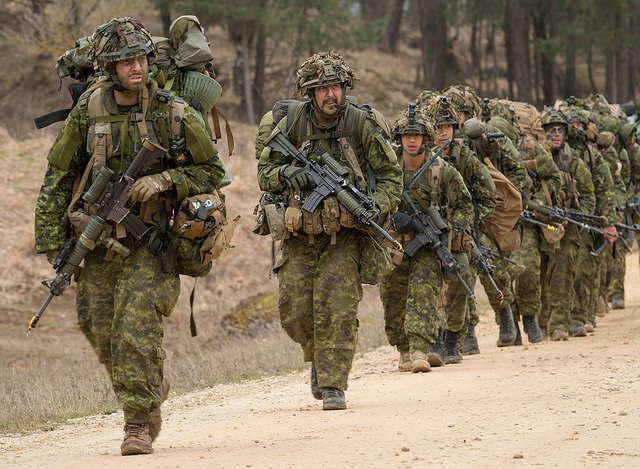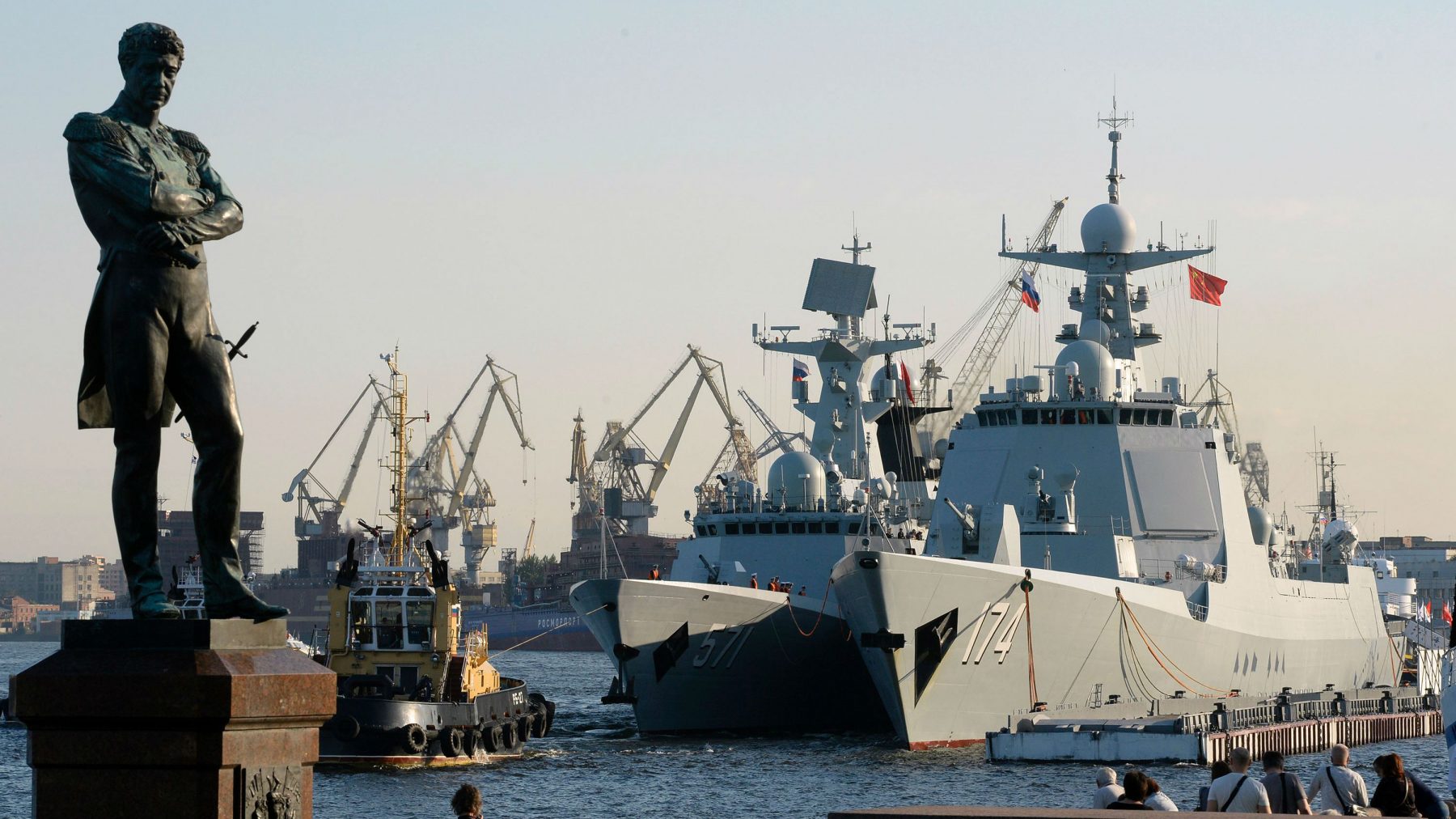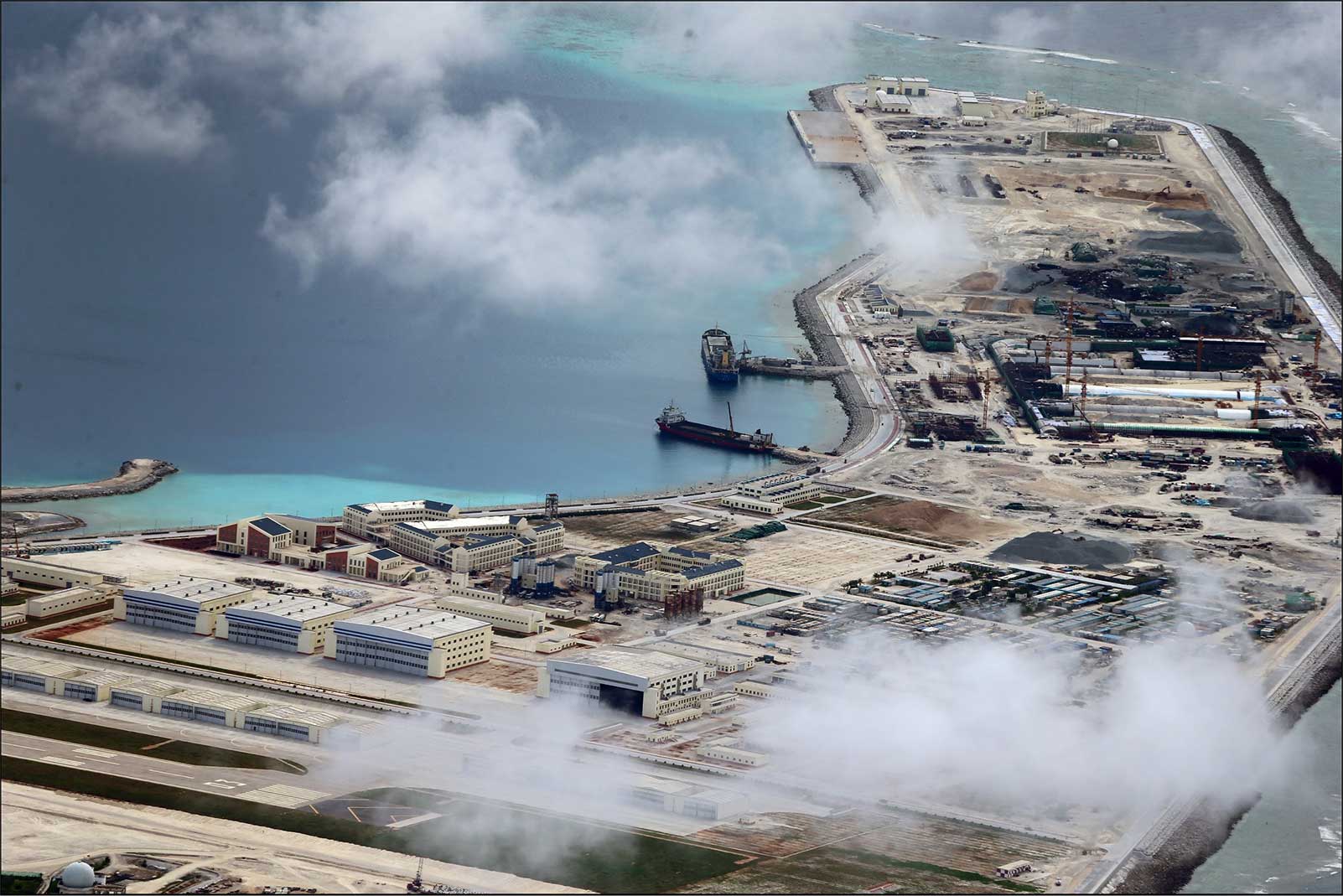

International Relations of the Asia-Pacific focusses on: the relations between the countries within the Asia-Pacific region the relations between the Asia-Pacific and the rest of the world and general issues and theories of international relations that have a bearing on one or more countries of the Asia-Pacific. Analyzing Chinese interests and activities from a Canadian perspective. The circulation of the journal includes all the members of the Japan Association of International Relations, thereby guaranteeing substantial readership within the region. The aims of International Relations of the Asia-Pacific are twofold: to bring outstanding general scholarship in international relations to readers in the Asia-Pacific and to provide a dedicated outlet for scholars working on the international relations of the region.

Papers are welcomed from all international relations scholars, both within and without the Asia-Pacific region. The journal, launched in 2001, is published three times a year in January, May and September. International Relations of the Asia-Pacific is a major international journal publishing the best original research in the field. These similarities allow differences in the Canadian and Australian responses to China's rise to be isolated in the political, economic, and strategic realms. The two case studies are similar in many respects: both are resource-based economies with a track record of bilateral and institutional engagement in the Asia-Pacific, and both are key US allies. This article compares how Canada and Australia – two Western democratic states with prominent middle power foreign policy traditions – are responding to the rise of China.

Largely absent from this discussion is an understanding of how Western middle power democracies are responding to China's rise. The relationship of China with the developing world has mainly been defined by power asymmetry and the appeal of the Chinese governance model to authoritarian regimes. In these cases, relative power, geographic proximity, and regional institutions have conditioned relationships with China. AbstractAssessments of how international actors are responding to China's rise typically focus on rival great powers or on China's Asian neighbors.


 0 kommentar(er)
0 kommentar(er)
